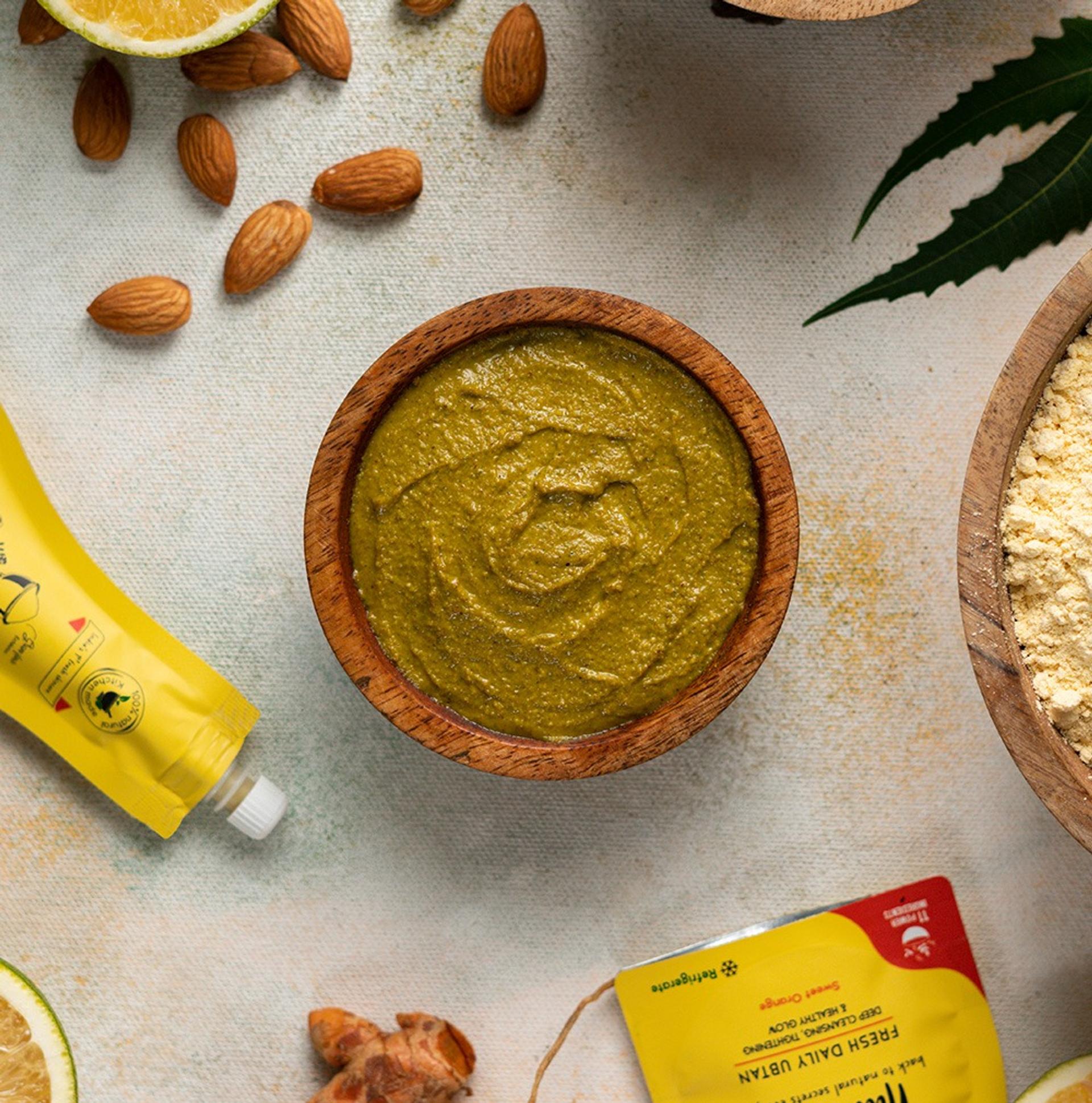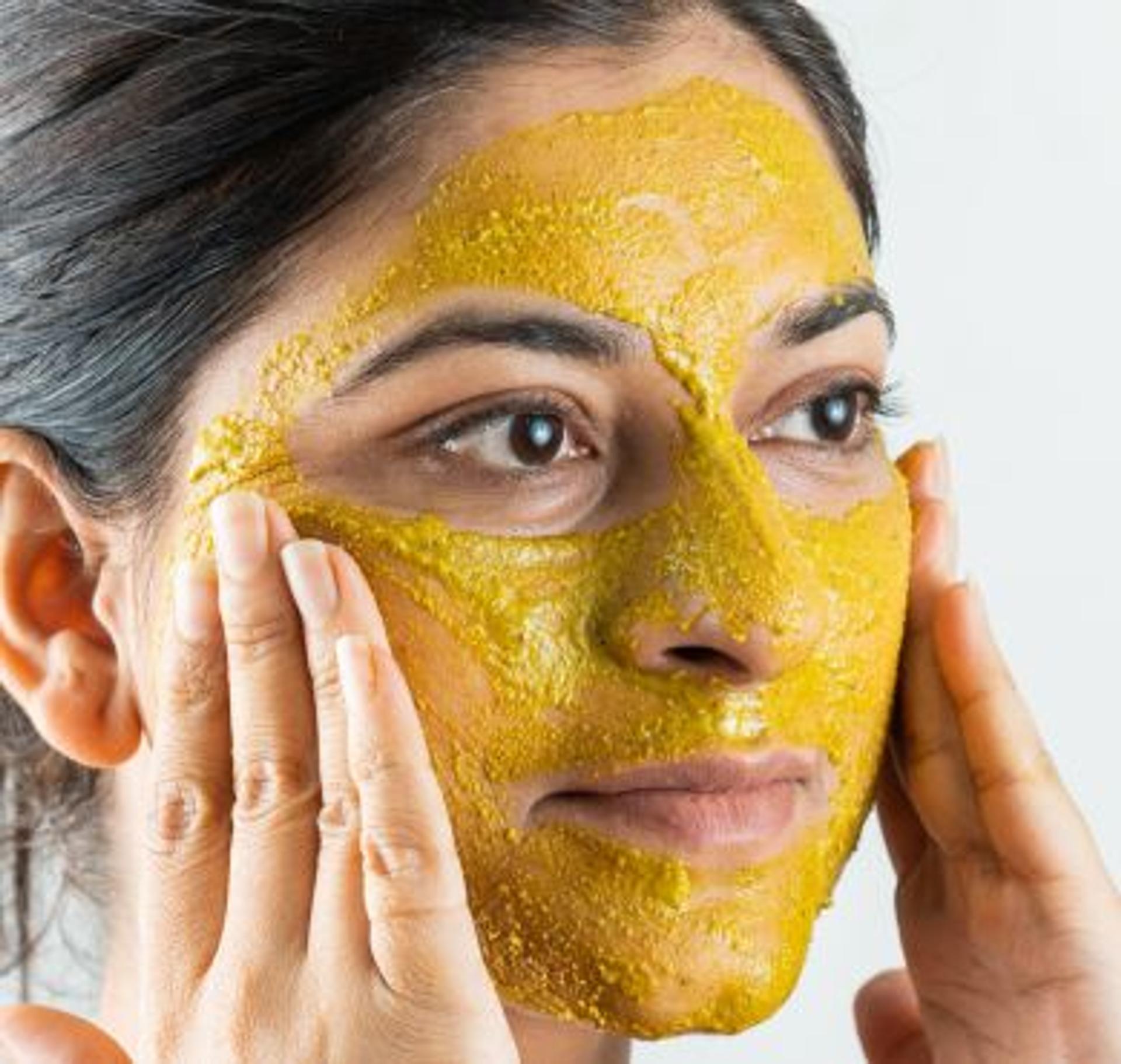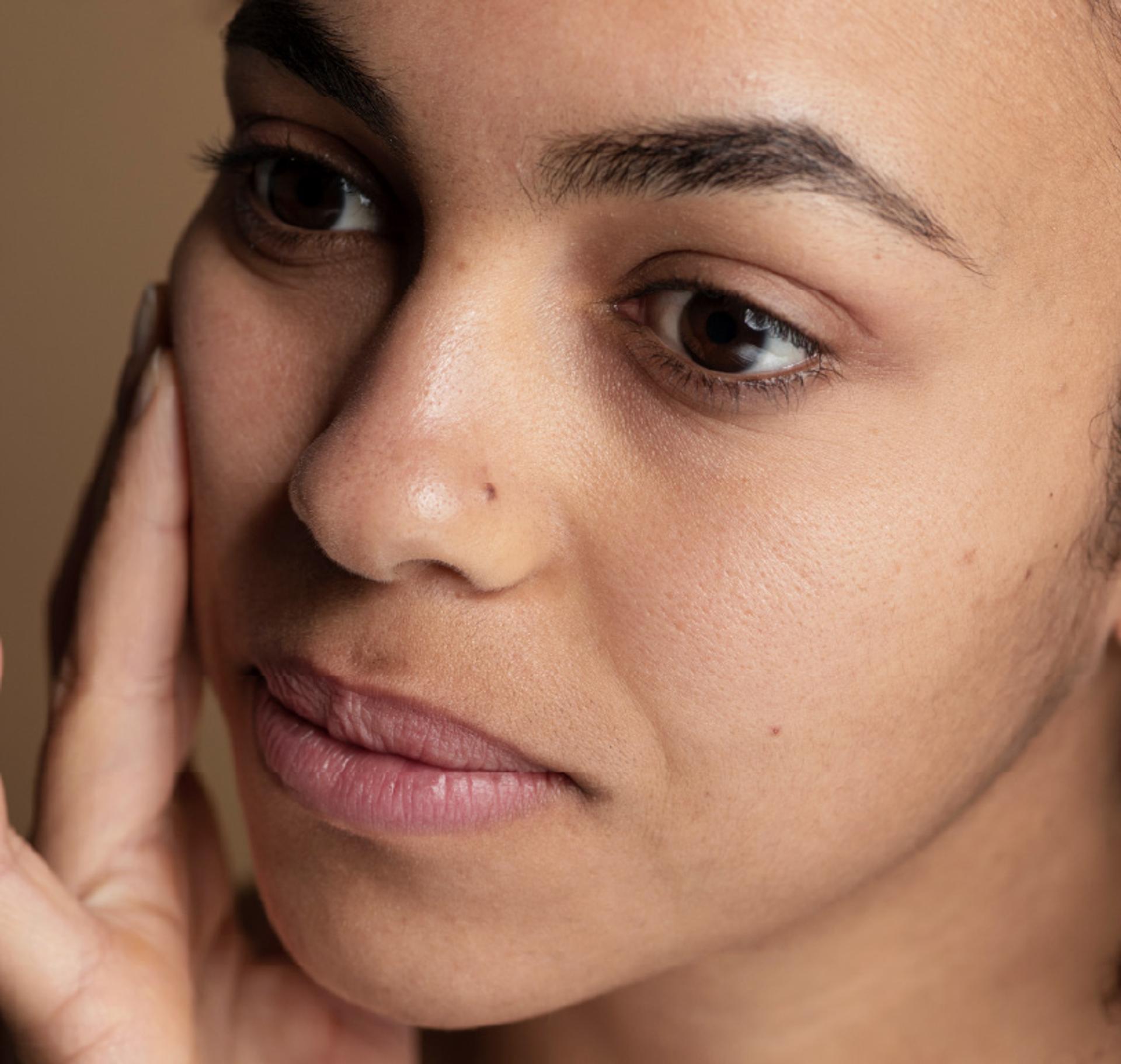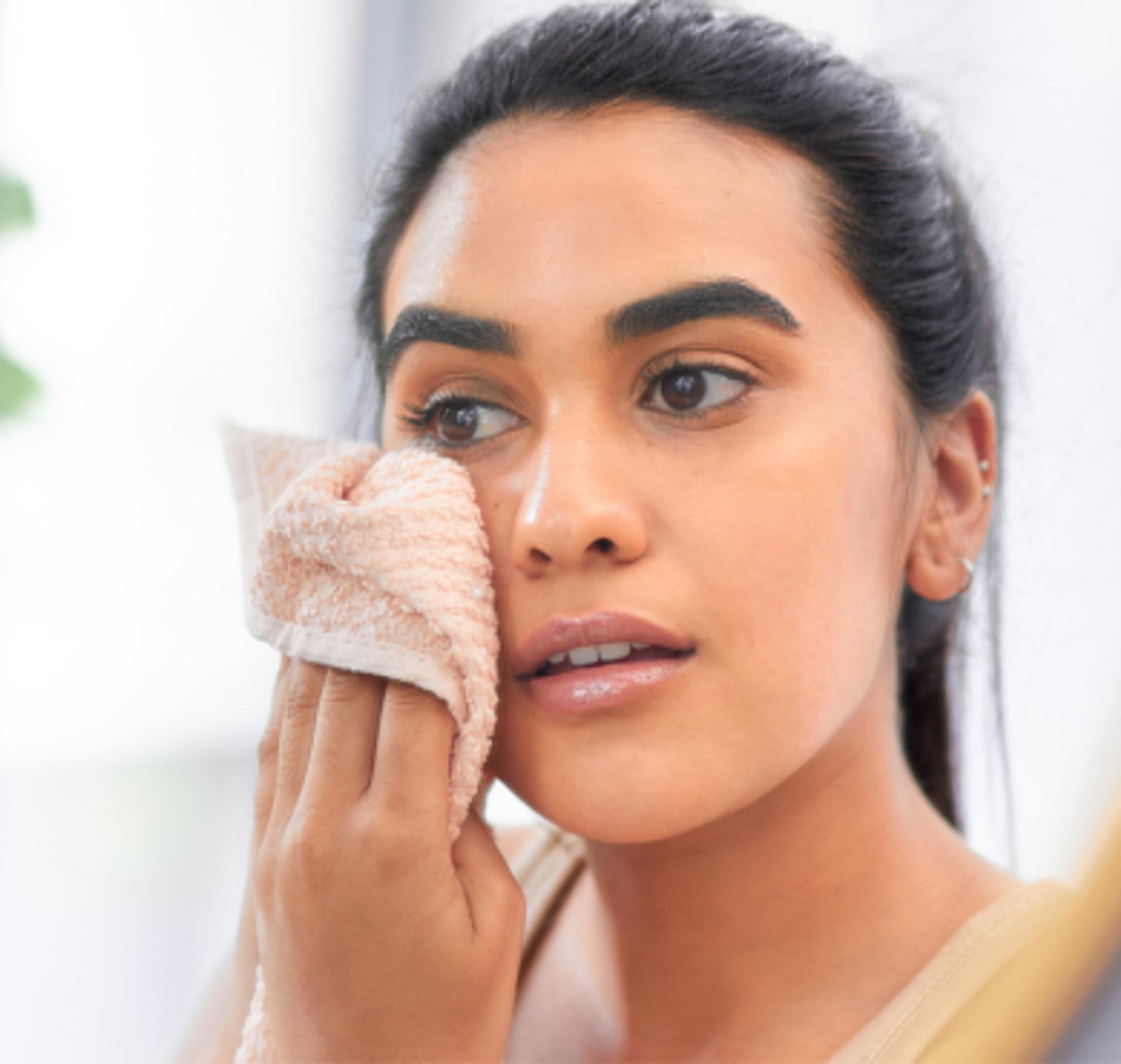
Post-Wash Dryness Isn’t Clean — It’s Damage in Disguise
By Nat Habit
Just rinsed off, looked in the mirror and yes — it’s all clean. A soft whitish glow. And… some dryness?
Maybe a little tightness around the mouth? A faint itch on the cheeks? “Umm, it’s normal,” we tell ourselves. “This is why moisturisers exist, right?”
But this — this is the lie we’ve been told for decades.
That dryness after washing means it worked. That tight skin equals deep clean.
That the flakes are from the towel, not from your skin barrier calling for help.
That moisturisers are there to fix what your cleanser just did.
Truth is, post-wash dryness isn’t a sign of clean skin — it’s a red flag for compromised skin health.
Dryness after cleansing is not natural — it’s a wound in disguise

When we cleanse and skin immediately feels dry, tight, or looks flaky or pale, what we’re actually witnessing is moisture loss from within.
This happens when skin’s stratum corneum — its outermost, protective layer — is disrupted.
That layer is meant to hold in water, fats, and proteins like Natural Moisturising Factors (NMFs) and intercellular lipids (ceramides, cholesterol, fatty acids). When cleansers strip away these elements, they leave behind a surface that looks cleaner — but functions worse.
Think of it like this: the paint looks dry and polished, but the wall beneath is cracked and crumbling.
What causes this dryness?
Harsh surfactants, wrong pH, and over-cleansing.
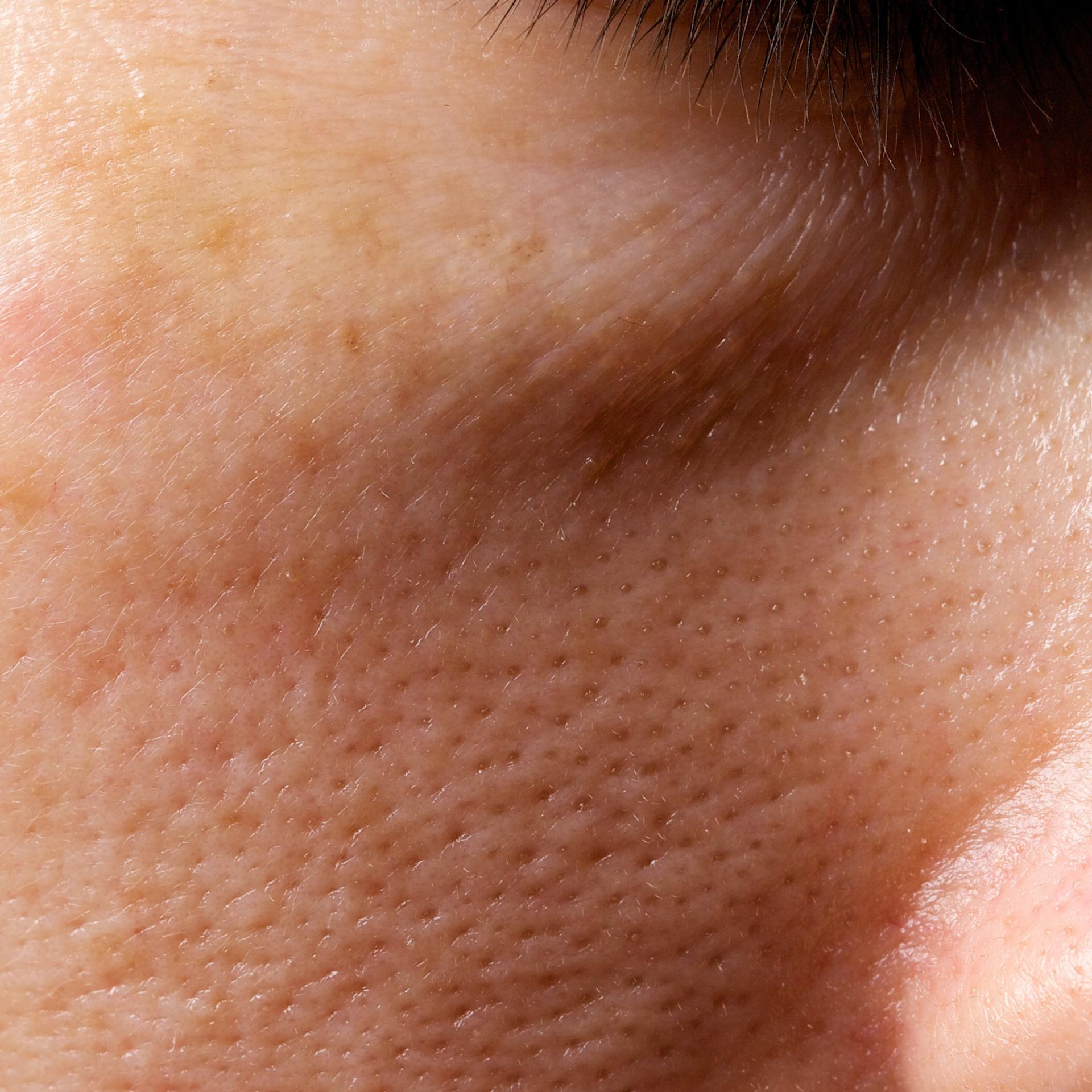
The biggest culprits are:
Sulfate-based surfactants (like Sodium Lauryl Sulfate or SLES)
These aggressively remove sebum and proteins — not just dirt. They’re industrial-strength cleansers being used on your delicate face and body.
Alkaline pH levels
Your skin thrives at a slightly acidic pH of 4.5–5.5. Most conventional soaps and body washes sit between 8–10. This rise in pH disrupts enzyme activity in the skin, weakens barrier lipids, and leads to inflammation and tightness.
Over-cleansing or hot water
Long, hot showers or frequent face-washing strip the skin’s lipid layer, resulting in increased transepidermal water loss (TEWL) — where water from within your skin evaporates rapidly into the air.
Signs your skin is damaged — not just dry.

- That tight, squeaky-clean feel after washing
- Flaky or rough patches, especially on cheeks or arms
- A whitish cast or 'shiny dryness'
- Itchiness within minutes of drying
- Needing to “immediately” apply moisturiser after a bath or face wash
These are not signs of healthy skin — they are signs that your skin’s barrier is impaired and its natural ability to retain moisture has been compromised.
How to avoid post-wash dryness — the kinder cleanse
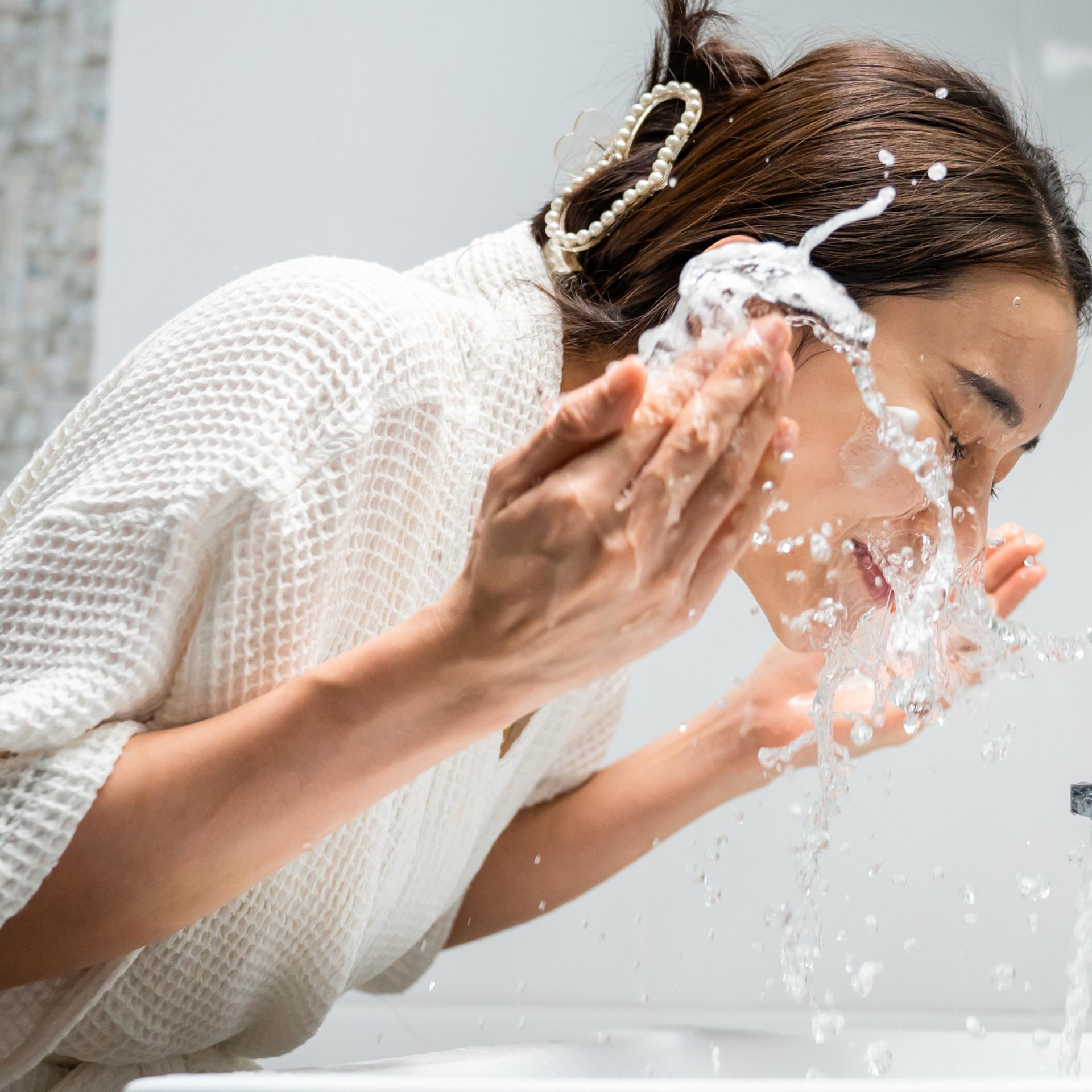
Choose barrier-respecting cleansers
Look for pH-balanced, sulphate-free, and low-foaming formulations. Ingredients like gentle amino acid-based surfactants, non-ionic plant glucosides, or natural saponins cleanse without disrupting lipid layers.
Avoid very hot water
Warm water is enough to cleanse. Hot water dilates pores, strips oils, and accelerates moisture loss.
Limit cleansing frequency
Twice a day is enough for most. Over-washing disturbs the microbiome and makes your skin overreact.
Post-wash, pat don’t rub
Aggressively towel-drying further disturbs the skin’s lipid film. Gently patting dry helps retain surface hydration.
And moisturisers? They’re not a repair kit — they’re support crew.

Moisturisers were never meant to rescue damaged skin from bad cleansing.
They’re meant to lock in hydration, nourish the barrier, and boost natural lipid and ceramide synthesis — not to fix what face wash destroyed.
When cleansing is done right, moisturisers enhance already-balanced skin, not urgently “put out fires”.
So next time you feel that post-wash tightness, pause and rethink. That isn’t your cleanser doing its job. It’s your skin crying out for help.
Clean should feel soft, supple, and calm - not stripped, tight, or rushed into a cream.
Because healthy cleansing isn’t about removal.
It’s about respect — for the skin’s design, structure, and delicate balance.
Learn more
